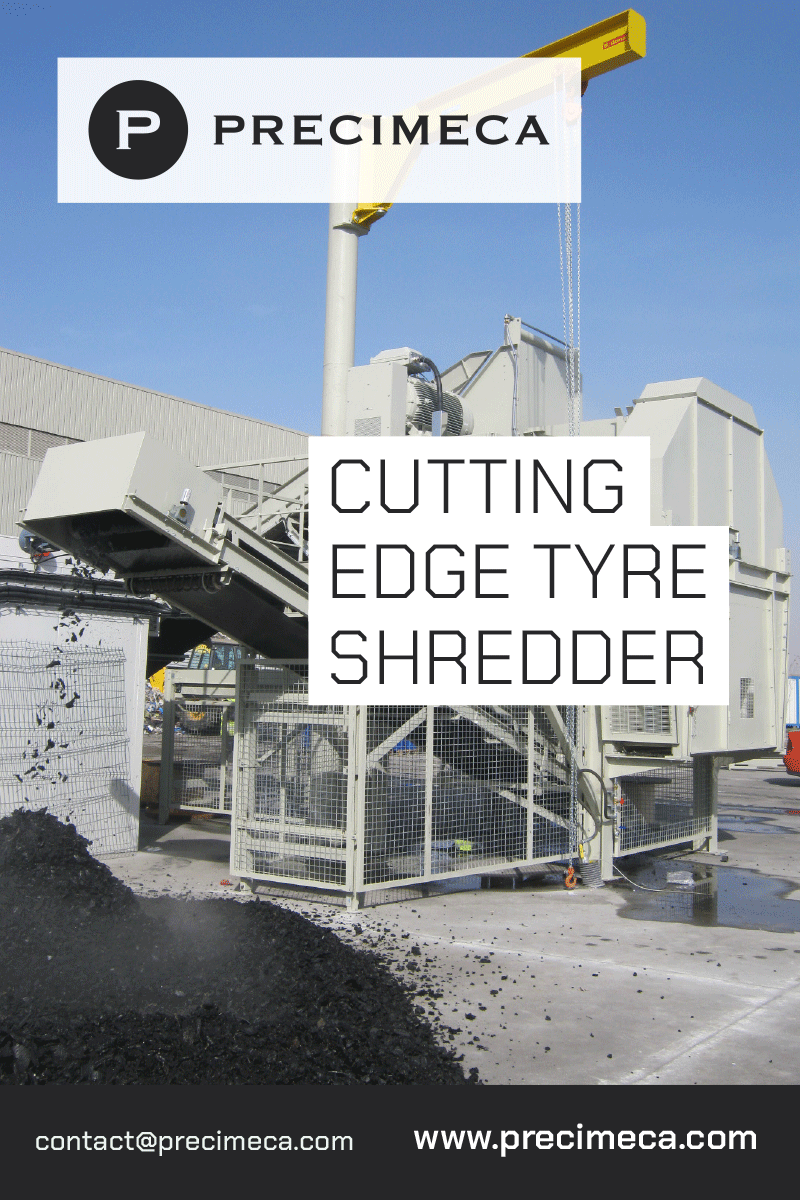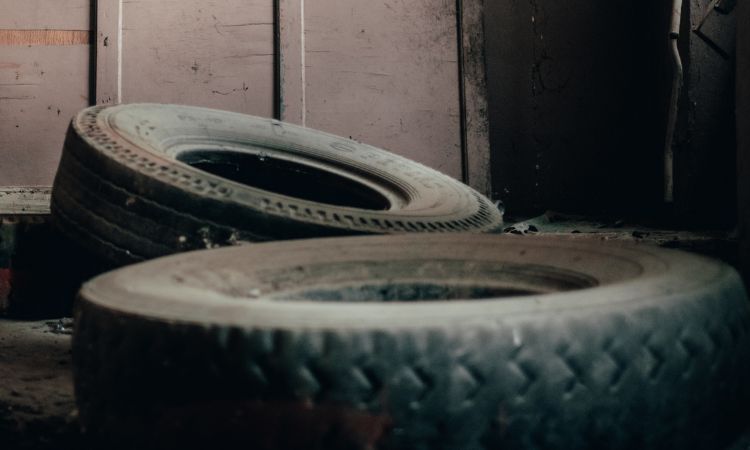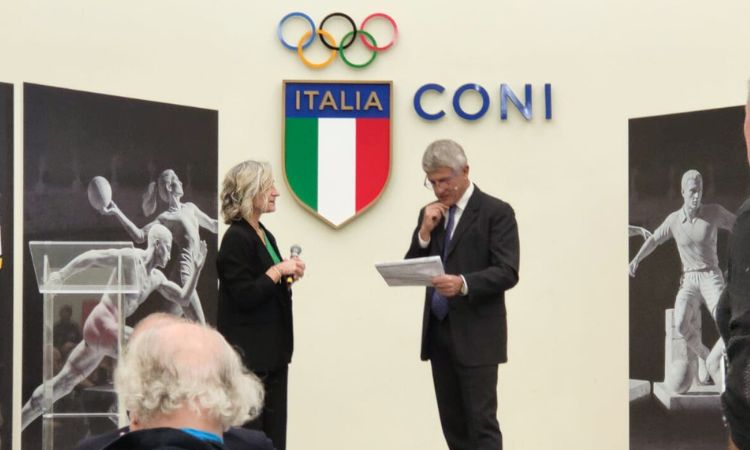May issue of Tire Recycling Insights is out!
Dear Readers,
The May issue of Tire Recycling Insights is out! If you have not yet subscribed for our monthly newsletter, you can view our archive and subscribe for interesting and informative articles which highlight the most important events and updates in the tire recycling industry!
Weibold is an international consulting company specializing exclusively in end-of-life tire recycling and pyrolysis. Since 1999, we have helped companies grow and build profitable businesses.









